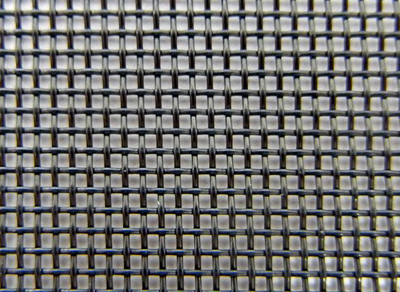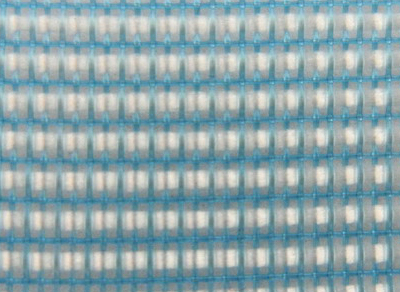Textile dyeing, which is color applied to fabric by different methods of dyeing for different types of fiber and at different stages of the textile production process. Dyeing can be done during any stage in the textile manufacturing process. Textiles may be dyed as fiber, yarn, fabric, or garments, depending upon the type of the fabric or garment being produced.
These methods include:
- Direct Dyeing
When a dye is applied directly to the fabric without the aid of an affixing agent, it is called direct dyeing. In this method the dyestuff is either fermented (for natural dye) or chemically reduced (for synthetic vat and sulfur dyes) before being applied. The direct dyes, which are largely used for dyeing cotton, are water soluble and can be applied directly to the fiber from an aqueous solution. Most other classes of synthetic dye, other than vat and sulfur dyes, are also applied in this way.
- Stock Dyeing
Stock dyeing refers to the dyeing of the fibers, or stock, before it is spun in to yarn. It is done by putting loose, unspun fibers in to large vats containing the dye bath, which is then heated to the appropriate temperature required for the dye application and dyeing process.
Stock dyeing is usually suitable for woolen materials when heather like color effects are desired. Wool fiber dyed black, for example, might be blended and spun with un-dyed (white) wool fiber to produce soft heather like shade of grey yarn.
Tweed fabrics with heather like color effects such as Harris Tweed are examples of stock dyed material. Other examples include heather like colors in covert and woolen cheviot.
- Top Dyeing
Top dyeing is also the dyeing of the fiber before it is spun in to yarn and serves the same purpose as stock dyeing – that is, to produce soft, heather like color effects. The term top refers to the fibers of wool from which the short fibers have been removed. Top is thus selecting long fibers that are used to spin worsted yarn. The top in the form of sliver is dyed and then blended with other colors of dyed top to produce desired heather shades.
- Yarn Dyeing
Yarn dyeing is the dyeing of the yarns before they have been woven or knitted into fabrics. Yarn dyeing is used to create interesting checks, stripes and plaids with different-colored yarns in the weaving process. In yarn dyeing, dyestuff penetrates the fibers in the core of the yarn.
There are many forms of yarn dyeing:
- Skein (Hank) Dyeing
- Package Dyeing
- Warp-beam Dyeing
- Space Dyeing
- Skein (Hank) Dyeing
Skein dyeing consists of immersing large, loosely wound hanks (skeins) of yarn into dye vats that are especially designed for this purpose. Soft, lofty yarns, such as hand knitted yarns are usually skein dyed. Skein dyeing is the most costly yarn-dye method.
- Package Dyeing
In package dyeing the yarn is wound on a small perforated spool or tube called a package. Many spools fit into the dyeing machine in which the flow of the dye bath alternates from the center to the outside, and then from the outside to the center of the package. Package dyed yarns do not retain the softness and loftiness that skein-dyed yarns do. They are however satisfactory and very widely used for most types of yarns that are found in knitted and woven fabrics.
- Warp Beam Dyeing
Beam dyeing is the much larger version of package dyeing. An entire warp beam is wound on to a perforated cylinder, which is then placed in the beam dyeing machine, where the flow of the dye bath alternate as in the package dyeing. Beam dyeing is more economical than skein or package dyeing, but it is only used in the manufacture of woven fabrics where an entire warp beam is dyed. Knitted fabrics, which are mostly produced from the cones of the yarn, are not adaptable to beam dyeing.
- Piece Dyeing
The dyeing of cloth after it is being woven or knitted is known as piece dyeing. It is the most common method of dyeing used. The various methods used for this type of dyeing include jet dyeing. Jig dyeing, pad dyeing and beam dyeing.
- Garment Dyeing
Garment dyeing is the dyeing of the completed garments. The types of apparel that can be dyed are mostly non-tailored and simpler forms, such as sweaters, sweatshirts, T-shirts, hosiery, and pantyhose. The effect on sizing, thread, zippers, trims and snaps must be considered. Tailored items, such as suits or dresses, cannot be dyed as garments because the difference in shrinkage of the various components and linings distort and misshapen the article.
Garment dyeing is done by placing a suitable number of garments (usually about 24 sweaters or the equivalent, depending on the weight) into large nylon net bag. The garments are loosely packed. From 10 to 50 of the bags are placed in large tubs containing the dye bath and kept agitated by a motor – driven paddle in the dye tub. The machine is appropriately called a paddle dryer.
Of these Direct dyeing and Yarn Dyeing methods are the most popular ones.
Tong Geng Enterprise Co., Ltd. is specializes in design and manufacturing of dyeing equipment for fabric dyeing and yarn dyeing. With over 30 years of solid experience, Tong Geng is one of the leading and skilled suppliers in the world. If you are interested in learning more information about textile dyeing and dyeing machines, welcome to browse our website or contact with Tong Geng directly!
Article Source: http://textilelearner.blogspot.tw/2011/12/methods-of-dyeing-different-dyeing.html




